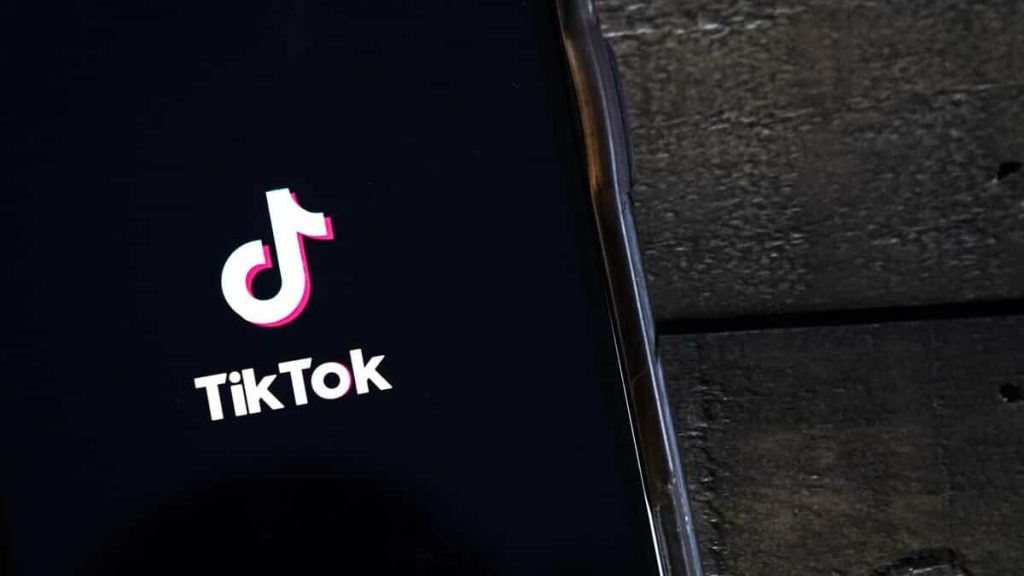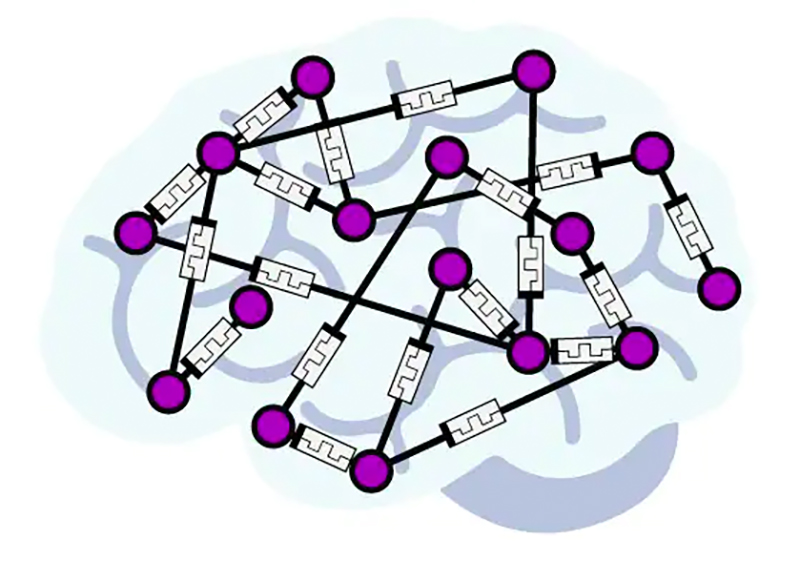350 Kingston resumes weekly climate strike
Author of the article:Brigid Goulem
Publishing date:Jul 02, 2021 •

The town of Lytton, B.C., burned to the ground earlier this week following days of record-smashing heat and severe wildfires so large they developed pyrocumulonimbus clouds, which produced wind and lightning and started more fires.
In the face of such a catastrophic climate event, climate activists with 350 Kingston are resuming their weekly Fridays for Future climate strikes outside Tara’s Foods to call for immediate and meaningful action on climate change at the municipal, provincial and federal levels.
Jude Larkin, an organizer with 350 Kingston, explained that now that much of the risk of COVID-19 has subsided, the group is recommitting to addressing the growing climate crisis.
Larkin is concerned that governments are not taking action and is calling for government budgets that reflect the urgency of the issue.
“I’m most concerned that we’re not taking any action. You have to spend money proportionate to the size of the crisis. For instance, in Vancouver, 7 per cent of their municipal budget is climate,” she said in an interview with the Whig-Standard.
Despite mounting evidence of the immediate and catastrophic consequences of climate change, Larkin says the Canadian government continues to increase emissions and prioritize economic projects.
“Canada is one of the worst countries for increasing our emissions. Other countries have gone down, but we have steadily gone up and it’s because of the tarsands. We need to cancel all fossil fuel projects immediately,” she said.
Larkin is calling for a shift away from climate policies that focus on incentives and towards the implementation of mandatory changes.
“It can’t just be incentives to buy electric cars. There needs to be a commitment that there will be no more (internal combustion) cars after 2025,” she said.
Fellow activist Floyd Rudmin expressed concern that the Canadian government was investing too much money in military spending that could be directed towards meaningful climate action.
“If five million Canadians die in a week, it’s not going to be (because of) Russia; it’s going to be gigantic firestorms like in B.C. but in Toronto or Ottawa,” Rudmin said in an interview with the Whig-Standard.
Until they see meaningful action on climate change, the activists of 350 Kingston vow to be on the streets every Friday.










/cloudfront-us-east-1.images.arcpublishing.com/gray/AT5BWMVZPJEYNLUHOTW3DRJ5FU.jpg)







